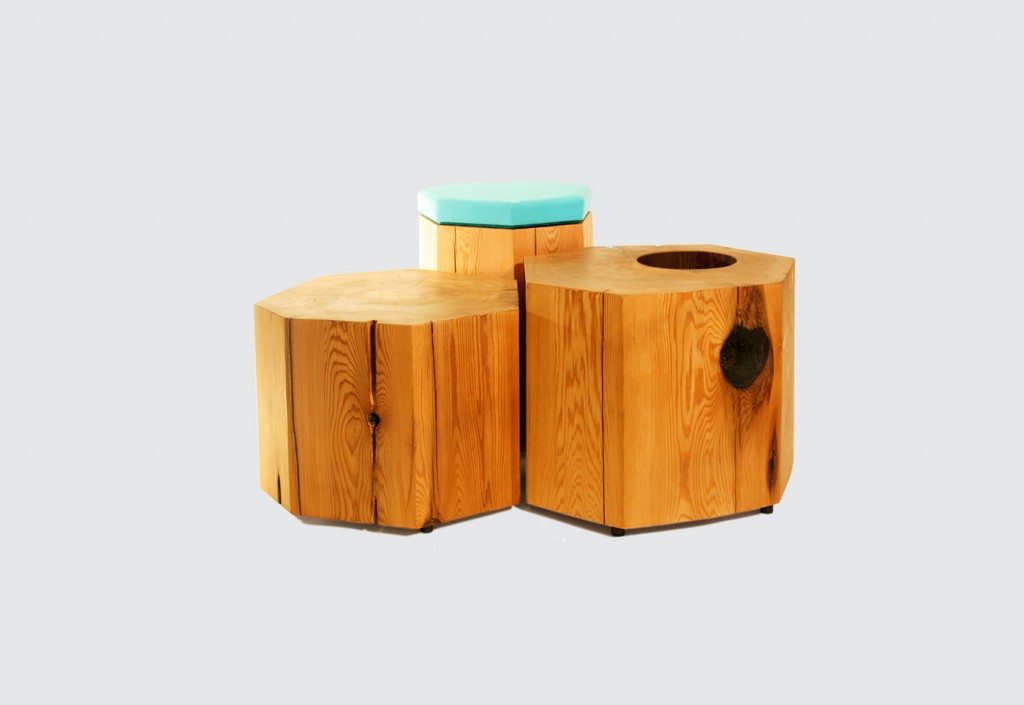
New York’s annual International Contemporary Furniture Fair is, at 600 exhibitors, not the world’s largest. But it’s still a dizzying experience attempting to parse the efforts of so many designers – particularly when one factors in the 12-day, city-wide NYCxDesign festival that takes place around it.
With festivals like this, there is always an odd contrast between established brands with commercial clout and smaller outfits producing interesting work, for whom the goal might not be mass production. However, this year, it was nice to see some New Zealanders who fell into both categories.
Uptown, David Trubridge showed again at Wanted Design in Hell’s Kitchen, and Jeremy Cole and Thing Industries were back at the ICFF in Chelsea. Downtown, the second annual INTRO/NY show provided a calm Nolita space, where Boskke and Simon James’ Resident brand featured alongside similar boutique international studios.
At the ICFF itself, the genuinely interesting new designers seemed to be mostly scattered around the periphery in the smaller booths. Two major directions for these studios were towards producing craft- or art-based pieces (or even one-offs), or in exploring areas outside of established furniture archetypes – such as chair, lamp and table – to invent new products. These are some of the highlights of the fair. -Sam Eichblatt
Hinterland
Among the craft-based designers Hinterland’s ‘functional art objects’ were a striking antidote to homogeneity. Inspired by the crab pots of his local community in British Columbia, visual artist, designer and builder Riley McFerrin created a small table made of a brightly coloured, knotted, macramé-like weave stretched over a metal frame. The wilds surrounding his studio also provide both materials and muse for his pieces, most of which are one of a kind. The branches in his ‘Scatter/Gather’ pendant light, for example, are collected along the rugged Pacific shoreline, and the ‘Nurselog’ side-tables are fashioned from Western red cedar containing a round glass insert to grow moss and ferns on the useful surface – like a stump in a rainforest.
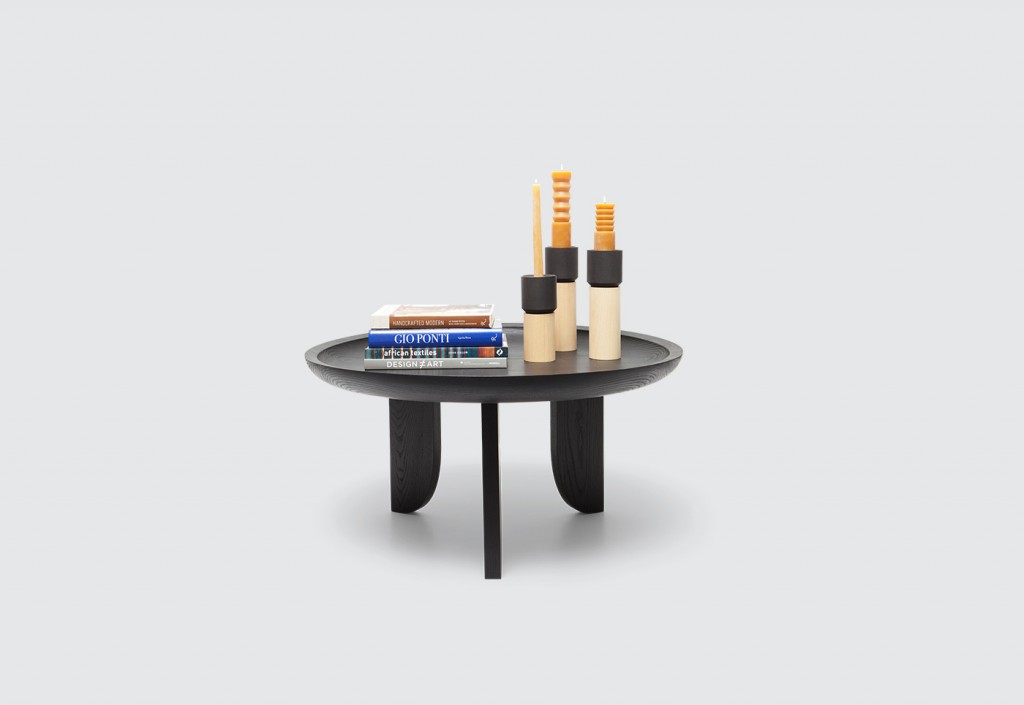
Grain
Ethical designers Grain’s biggest-selling piece, ‘Ty’, is a plain, white-plastic shower curtain that is also recyclable, durable and environmentally safe. They also collaborate with artisans in Guatemala to produce handwoven textiles with chunky, geometric shapes in gently muted hues. Their beeswax ‘Totem’ candles, carved on a lathe to resemble old-fashioned Monopoly counters, are clever, and their ‘Dish’ coffee tables are already classics.
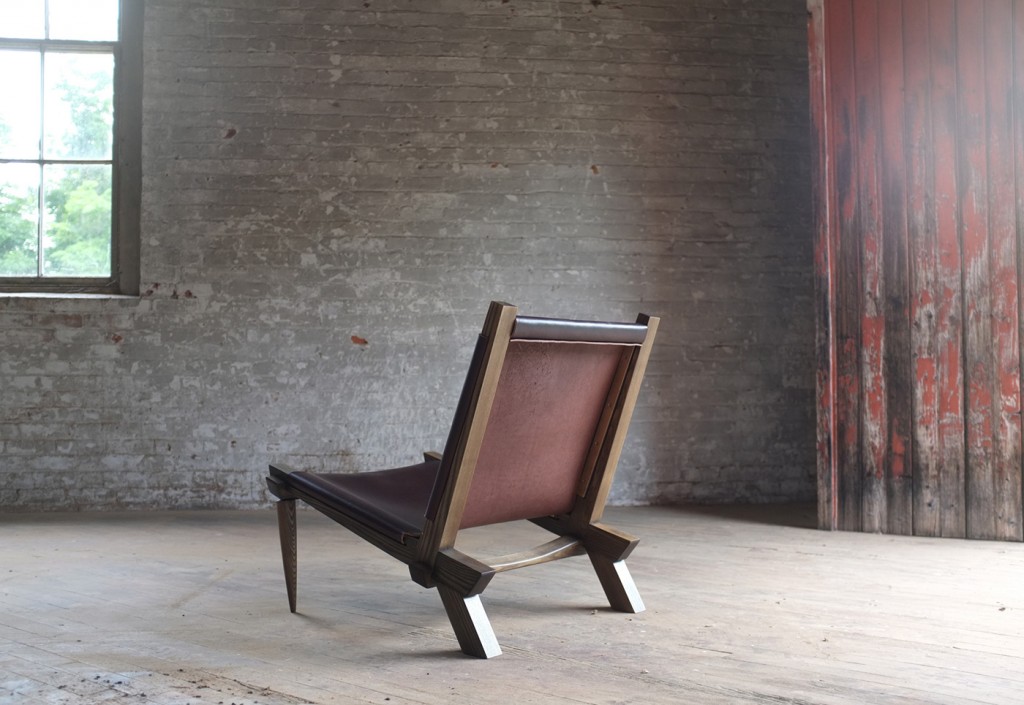
Michael Robbins
It was very hard not to fall in love with Michael Robbins’ entire collection — not to mention the romantic fact that he designs and makes it all in a rustic old barn in upstate New York’s Hudson Valley. Using time-honoured craft methods and materials, pieces such as the ‘Taza Lounge’ – with its detailed, but effortlessly beautiful joinery – look distinctly Modernist without being derivative. The gently tapered legs, a feature that pops up in many of Robbins’ wooden pieces, make it seem as if each is sitting lightly on the earth.
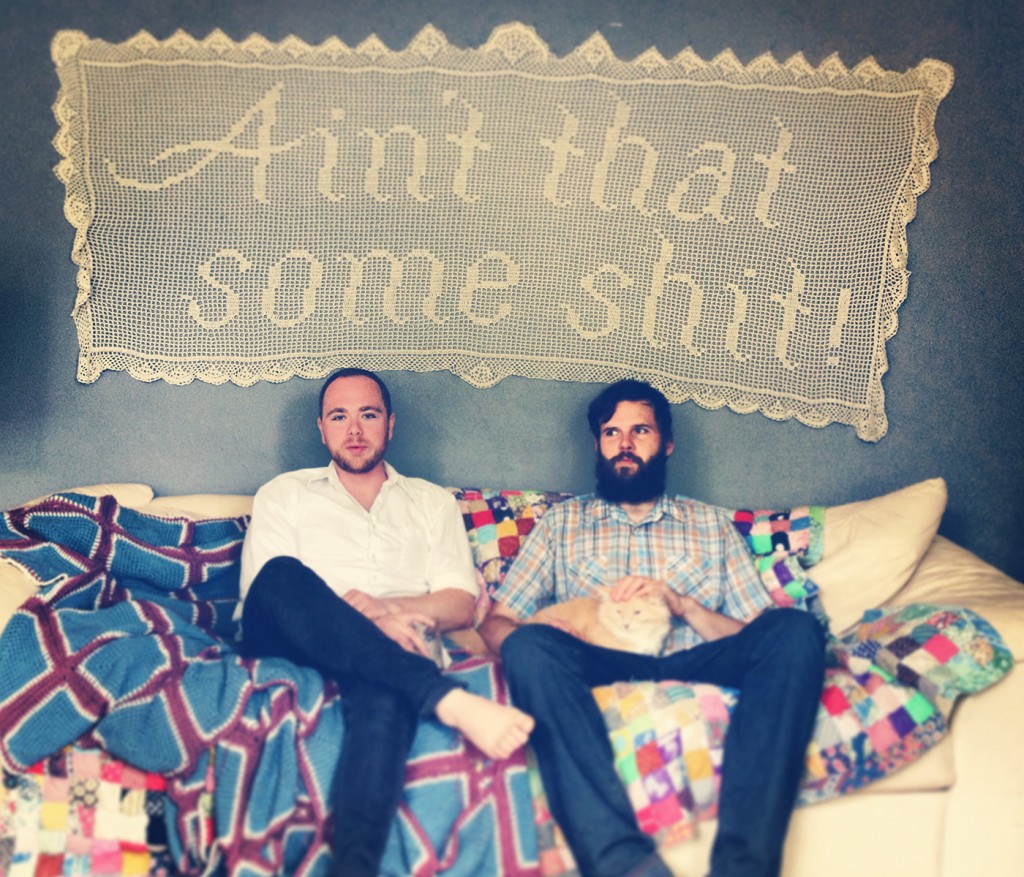
Ann Tilley
Honourable mention must also go to Ann Tilley, the textile artist whose giant doily adorned the booth belonging to Skram, a sustainable furniture maker. With an obvious nod to the craft-based media of 1970s feminist art and more recent anti-capitalist protest art-craft of the third wave, ‘Ain’t That Some Shit!’ was a decorative cotton-crochet piece providing an amusing double-take – knit large, so to speak — on the bustling commerce surrounding it.
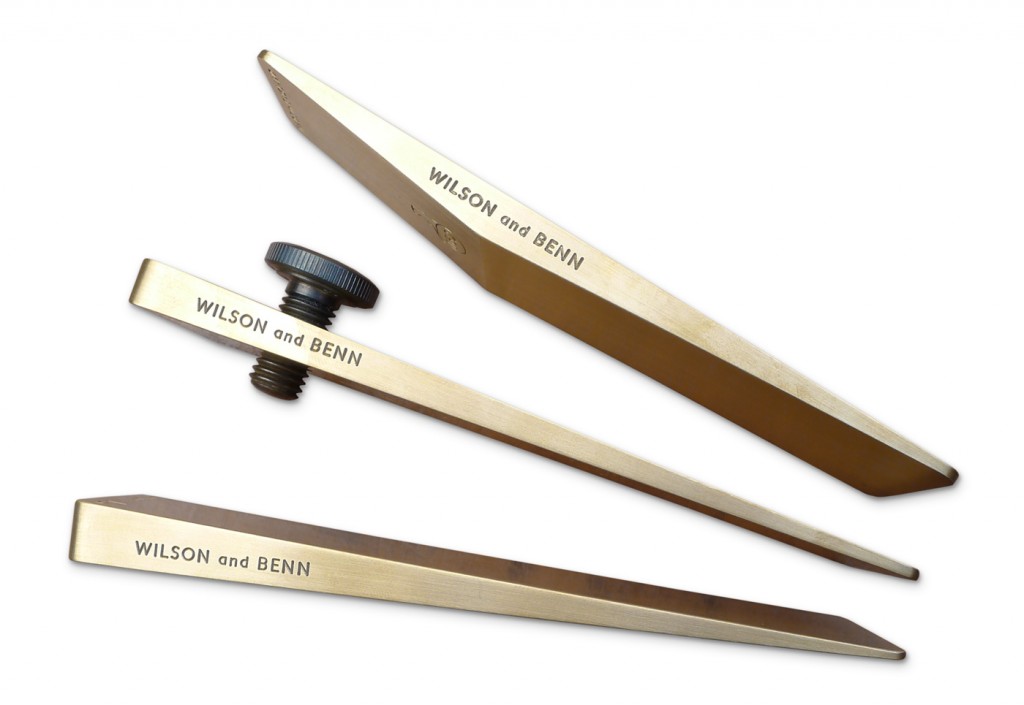
Wilson and Benn
The designers who shook up the traditional product archetypes were a similarly interesting bunch. The ‘Tradesman’s Wedge’ and related ‘Gentleman’s Pocket Wedge’ (for propping up wobbly tables and chairs) are produced by youthful designers Wilson and Benn, who are part of the UK’s Northumbria University Design incubator programme, Tools for Everyday Life. The wedge looks unassuming but represents, say the designers, a type of universal tool that is often overlooked or discarded after use. Producing them in tough, beautiful and everlasting materials such as brass, phosphor bronze and gunmetal gives the wedges a heft and presence that pays tribute to their ongoing value in our lives and, apparently, on our dates as well.
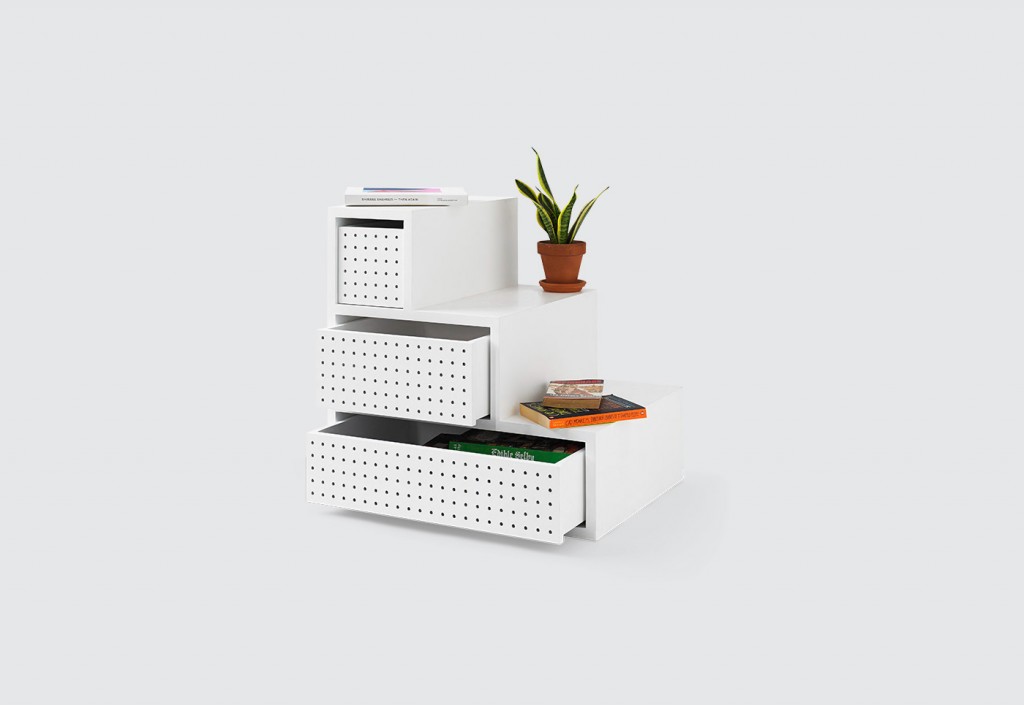
Thing Industries
New Zealander Bridie Picot, who co-founded Thing Industries with Matt Smith of Common Goods, released the Indoor Stoop, a stair-shaped wooden piece with built-in drawers on under-mount glides that close gently and silently in the manner of high-end furniture – but it’s also strong enough to use as a step-ladder. Or you can just hang out on the steps and shoot the breeze.
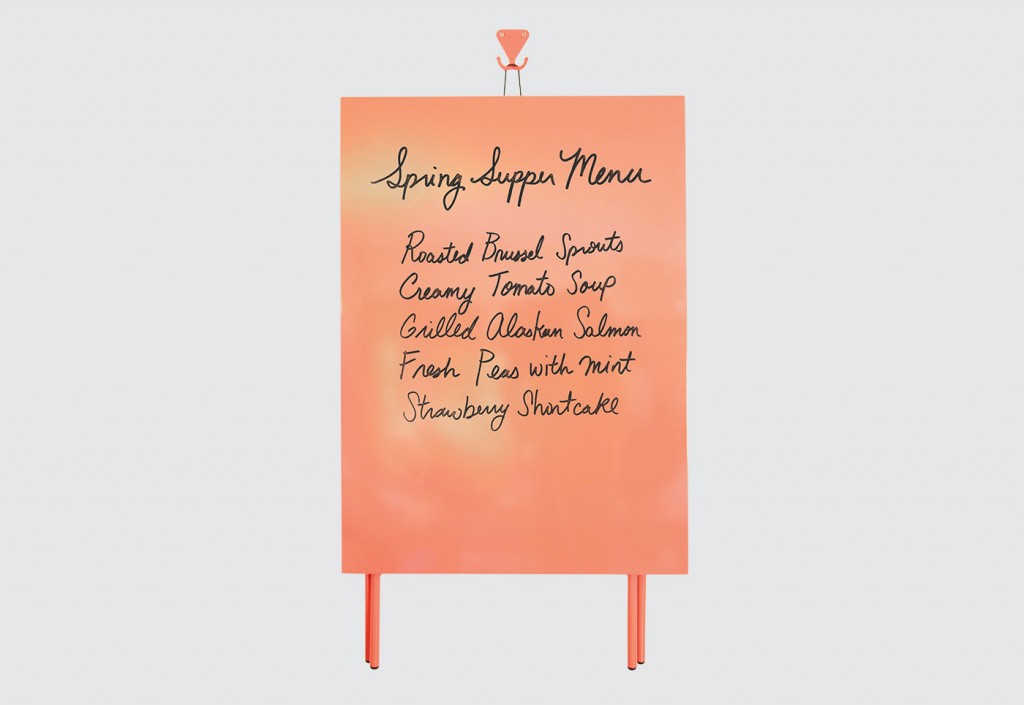
Scout Regalia
The brand-new and very affordable ‘SR Foldable Table’ from one of last year’s favourite studios, LA’s Scout Regalia, comes in a nicely edited range of happy camper colours – coral orange, pine green, mint green and charcoal. However, once the legs are folded and it’s hung up on the matching hook, the table’s magnetic, dry-erase surface means it can also be used as an ad-hoc whiteboard.
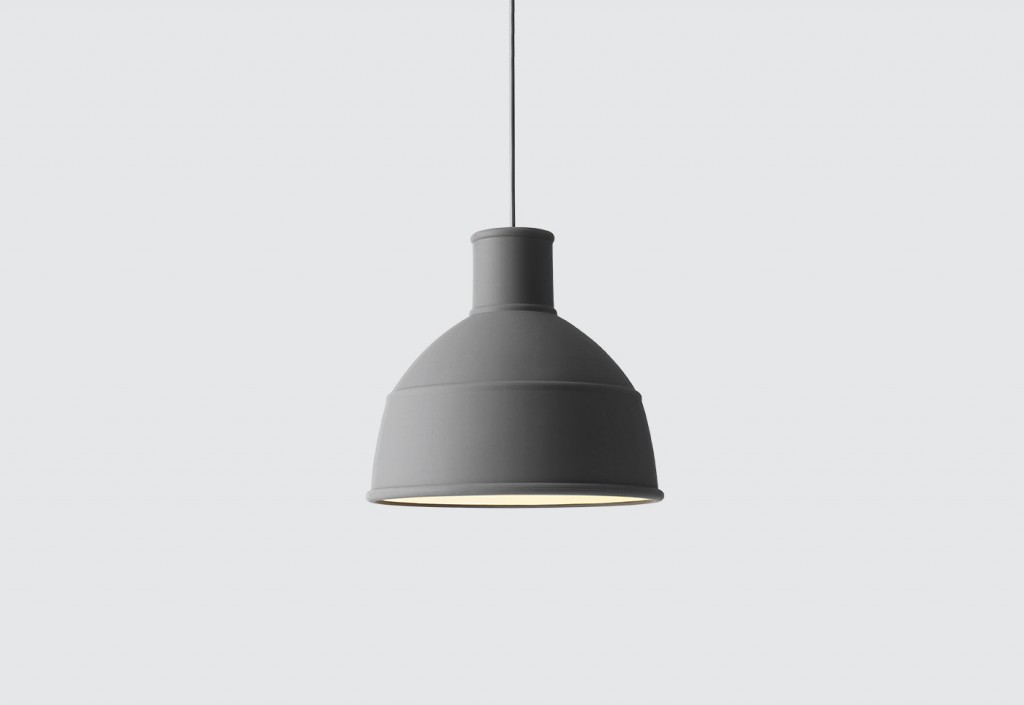
Muuto
Muuto’s ‘Unfold’ pendant lamp takes what looks like the classic and now ubiquitous industrial lightshade, and renders it in silicone rubber. As well as adding softness and tactility, the whole thing can be collapsed into itself with a gentle push on the top, allowing for tidy packing and distribution.
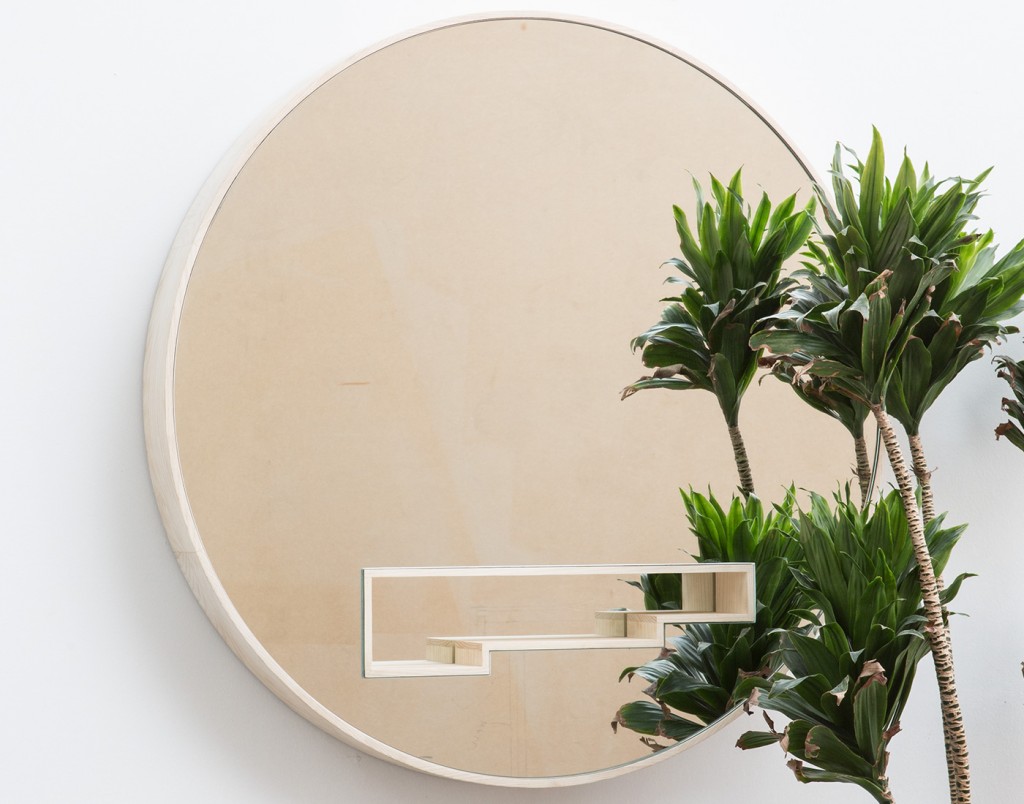
Vonnegut Kraft
And, finally, Vonnegut Kraft’s Relief Mirror pulls double service as a reflective surface and a display alcove. In this boldly geometric piece, the stepped, orthogonal ash shelf is recessed into the mirror, framing a cut-out alternative view.






